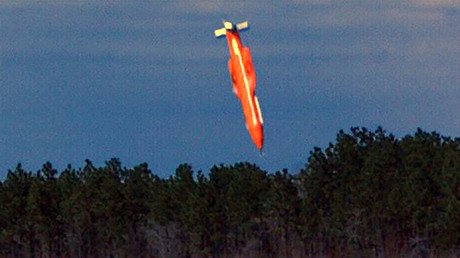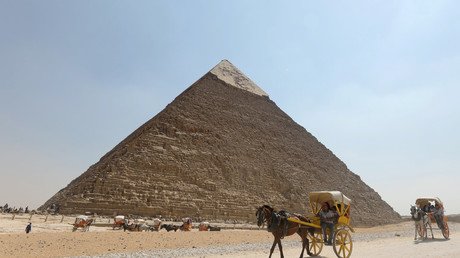Yellowstone volcano reaffirmed as ‘high threat’…but only 21st most dangerous in US

Those looking for something new to fear are in luck – the US Geological Survey has again classified the Yellowstone supervolcano as a “high threat” on its rarely-updated volcano threat assessments list.
Though trailing at number 21 behind more formidable rivals, the much-discussed supervolcano has nonetheless held its own in the rankings since 2005, the last time the threat assessment was issued.
Kilauea in Hawaii, which has been erupting all year, was number one on the list, which also saw Mount Rainier and Mount Shasta prominently featured. Eleven of the 18 volcanoes classed as a “very high threat” are located in the Pacific Northwest, where the presence of snow and ice combined with the proximity of densely-populated areas compounds the damage, and five are in Alaska.
READ MORE: What's the truth about the Yellowstone supervolcano doomsday theory?
Volcanoes are ranked for more than their likelihood of imminent eruption. Frequency and intensity of past eruptions are also taken into account, as is impact on aviation, infrastructure, and nearby population centers. The rankings are primarily used to allocate research funds lest seismologists be caught with their scientific pants down in the event of another Mount St Helens.
The Yellowstone volcano was believed to be fed by an enormous magma plume from deep within the earth, although recent research indicates that tectonic activity might be the cause of its extreme heat.
An eruption at Yellowstone could render most of the US unlivable, but such eruptions are rare, having occurred only three times in the last two billion years. That hasn’t stopped armchair seismologists from predicting our doom at its hands – there’s something irresistible about the idea of the planet taking fiery revenge on the species that has abused it. Still, says Ben Andrews of the Smithsonian’s Global Volcanism Program, “I want to emphasize this in bold, underlined, blinking text: We are in no way overdue for an eruption in Yellowstone.”
Think your friends would be interested? Share this story!














